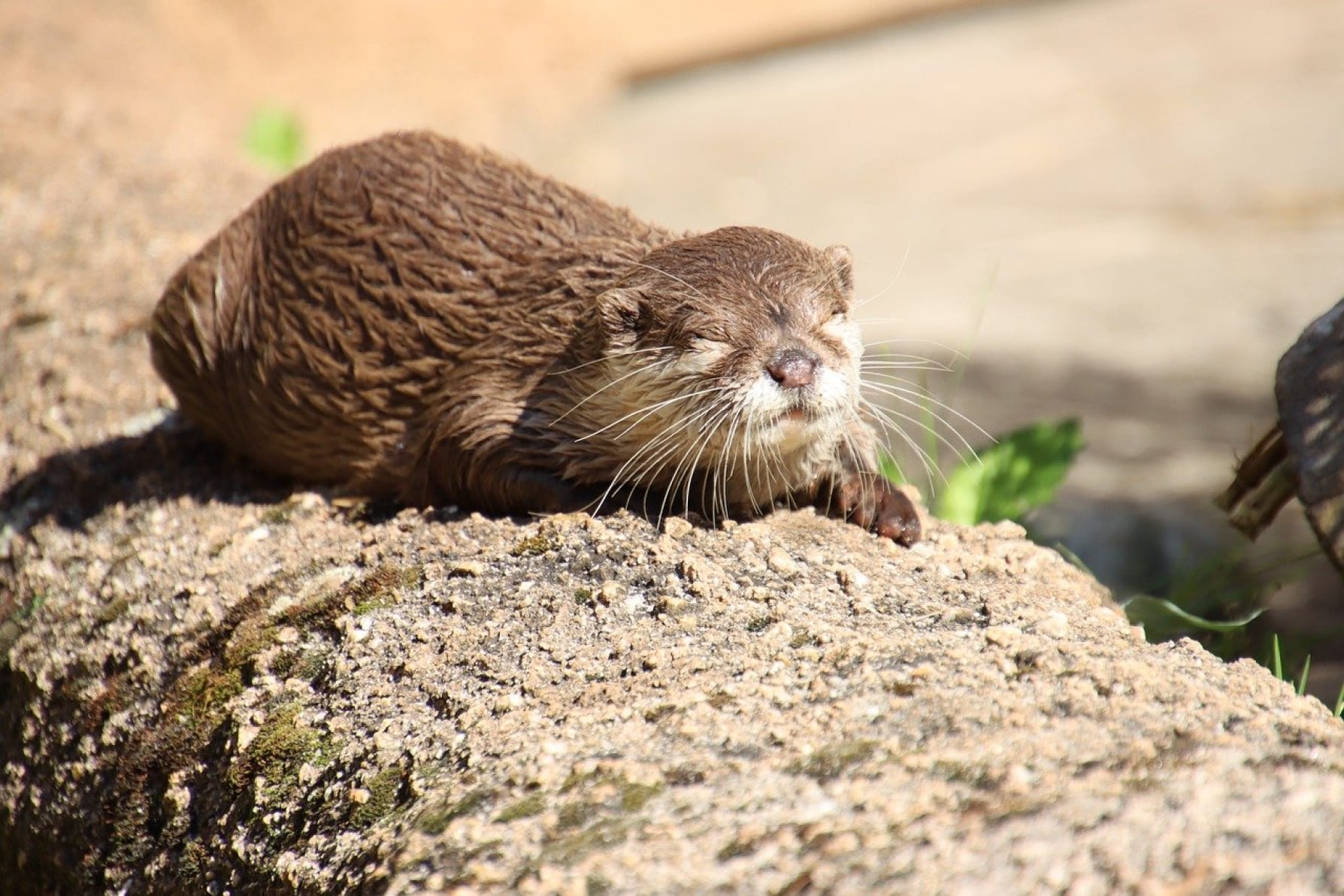
Tiger: The Majestic Predator of the Wild
The tiger, a symbol of power and beauty, reigns as one of the most captivating animals in the natural world. As the largest member of the cat family, tigers are known for their striking orange coats, bold black stripes, and piercing amber eyes. These features not only make them visually stunning but also serve as perfect camouflage, blending seamlessly with the dappled light of their forest and grassland habitats.
- Adaptability and Strength
- Cultural Significance
Exploring the Unique Stories of Wildlife Giants and Hidden Gems
Otter
The Playful Keeper of Waterways
Tiger
The Solitary Ruler of the Wild
Arctic Fox (Peseć)
The Survivor of the Frozen North
Porcupine
The Spiky Defender
White Tiger
The Rare Phantom of the Jungle
Rhinoceros
The Majestic Armored Giant
Frequently Asked Questions
Why are zoos important for wildlife conservation?
Zoos play a critical role in wildlife conservation by providing safe environments for endangered species. They conduct breeding programs to maintain genetic diversity, rescue animals from harmful situations, and reintroduce species back into the wild. Additionally, zoos raise public awareness about the threats animals face, such as habitat loss and climate change, inspiring action to protect them.
How do zoos ensure the well-being of their animals?
Zoos create enclosures that mimic the animals' natural habitats, offering space to move, climb, swim, and explore. Enrichment activities, such as puzzles, toys, and feeding challenges, keep animals mentally and physically stimulated. Regular veterinary care ensures their health, and staff closely monitor their behavior to address their needs.
Do zoos help endangered species?
Yes, zoos are essential for protecting endangered species. They run breeding programs for at-risk animals like tigers, rhinos, and pandas, ensuring their populations remain stable. Zoos also collaborate with conservation organizations to support habitat restoration and anti-poaching efforts in the wild.
What can visitors learn from zoos?
Zoos educate visitors about the diversity of wildlife, the ecosystems they inhabit, and the challenges they face. Interactive exhibits, keeper talks, and live demonstrations provide valuable insights into animal behavior, conservation needs, and how humans can contribute to protecting the planet's biodiversity.
How do zoos balance conservation and entertainment?
Modern zoos prioritize animal welfare and conservation over entertainment. While they aim to create enjoyable experiences for visitors, their primary focus is on educating the public and protecting wildlife. By combining engaging exhibits with meaningful conservation efforts, zoos inspire people to appreciate and protect the natural world.












